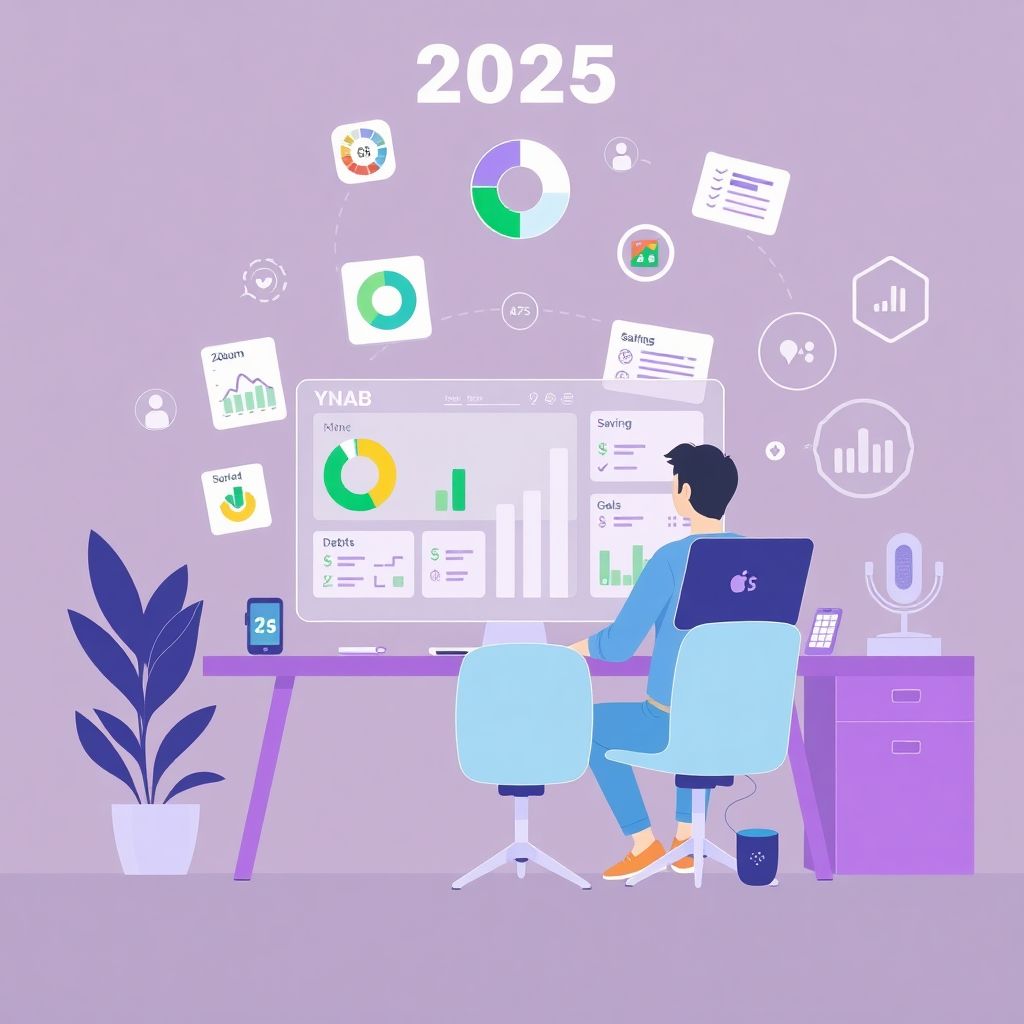Essential Tools for Effective Budgeting
Choosing the Right Budget Planning Tools
In 2025, personal finance management has become more accessible thanks to a wide range of digital solutions. For beginners, selecting the right budget planning tools is the first step toward financial freedom. Mobile apps like YNAB (You Need A Budget), Mint, and EveryDollar offer intuitive interfaces and real-time tracking. These platforms help users categorize expenses, set savings goals, and monitor progress. Spreadsheets remain a reliable option for those who prefer a hands-on approach, offering full control over data and customization. Regardless of the method, consistency in usage is key to success.
Setting Up a Financial Foundation
Before diving into budgeting tips for beginners, it’s important to gather all financial data. This includes income sources, recurring expenses, outstanding debts, and savings. Use this information to create a financial snapshot. Tools like expense trackers or automated bank summaries can streamline the process. Establishing this baseline allows you to identify spending patterns and areas where money leaks occur. The more accurate your data, the more effective your budget will be in supporting debt reduction strategies and long-term goals.
- Use apps that sync with your bank accounts for real-time tracking.
- Set calendar reminders for monthly budget reviews.
- Export monthly reports to visualize trends and adjust accordingly.
Step-by-Step Budgeting Process
Create a Realistic Monthly Budget
A successful budget begins with realism. Start by listing fixed expenses such as rent, utilities, and loan payments. Then estimate variable costs like groceries, transportation, and entertainment. Allocate a portion of income to savings and debt repayment. The 50/30/20 rule is a popular framework: 50% for needs, 30% for wants, and 20% for savings or debt. Adjust this model based on your lifestyle and financial goals. Budgeting is not about restriction—it’s about making intentional decisions that align with how to live debt-free.
Prioritize Debt Reduction Strategies
Once your basic budget is in place, focus on eliminating debt. Two popular methods are the snowball and avalanche strategies. The snowball method targets the smallest debts first, providing quick wins that boost motivation. The avalanche method, on the other hand, focuses on high-interest debts to minimize overall cost. Whichever you choose, ensure that debt payments are non-negotiable items in your budget. Automate these payments where possible to avoid missed deadlines and fees.
- Use the snowball method for psychological momentum.
- Choose the avalanche method to save on interest payments.
- Reallocate discretionary spending toward debt payments when possible.
Troubleshooting Common Budgeting Issues
Dealing with Irregular Income or Expenses
Irregular income is a common challenge, especially for freelancers or gig workers. In such cases, base your budget on the lowest monthly income you expect and treat any extra earnings as bonuses. For irregular expenses like annual insurance premiums or holiday spending, create sinking funds. This means setting aside a small amount each month so you’re financially prepared when those costs arise. Planning ahead prevents these fluctuations from derailing your personal finance management efforts.
Staying Motivated and Adapting Over Time
Budgeting is not a set-it-and-forget-it task. Life changes—jobs, family, emergencies—and your budget should evolve with it. Review your budget monthly and adjust as necessary. If you find yourself repeatedly overspending in one category, reassess your limits or habits. Burnout is another common issue. If tracking every cent feels overwhelming, simplify your system by focusing on major categories only. Remember, the goal is progress, not perfection.
Looking Ahead: The Future of Budgeting and Debt-Free Living

As we move further into 2025, the demand for smarter budgeting tips for beginners continues to grow. Artificial intelligence is being integrated into budget planning tools, offering predictive analytics and personalized suggestions. Voice-activated budgeting and real-time alerts are becoming standard features. Meanwhile, the concept of how to live debt-free is shifting from a personal goal to a societal trend, with schools and workplaces incorporating financial literacy programs.
In the next 5–10 years, expect to see budgeting tools that integrate with wearable devices, offering spending alerts based on your location or habits. As technology personalizes financial planning, users will be more empowered than ever to manage their money proactively. The fundamentals—discipline, awareness, and planning—will remain unchanged. But the tools and strategies will continue to evolve, making personal finance management more efficient and effective for everyone.

